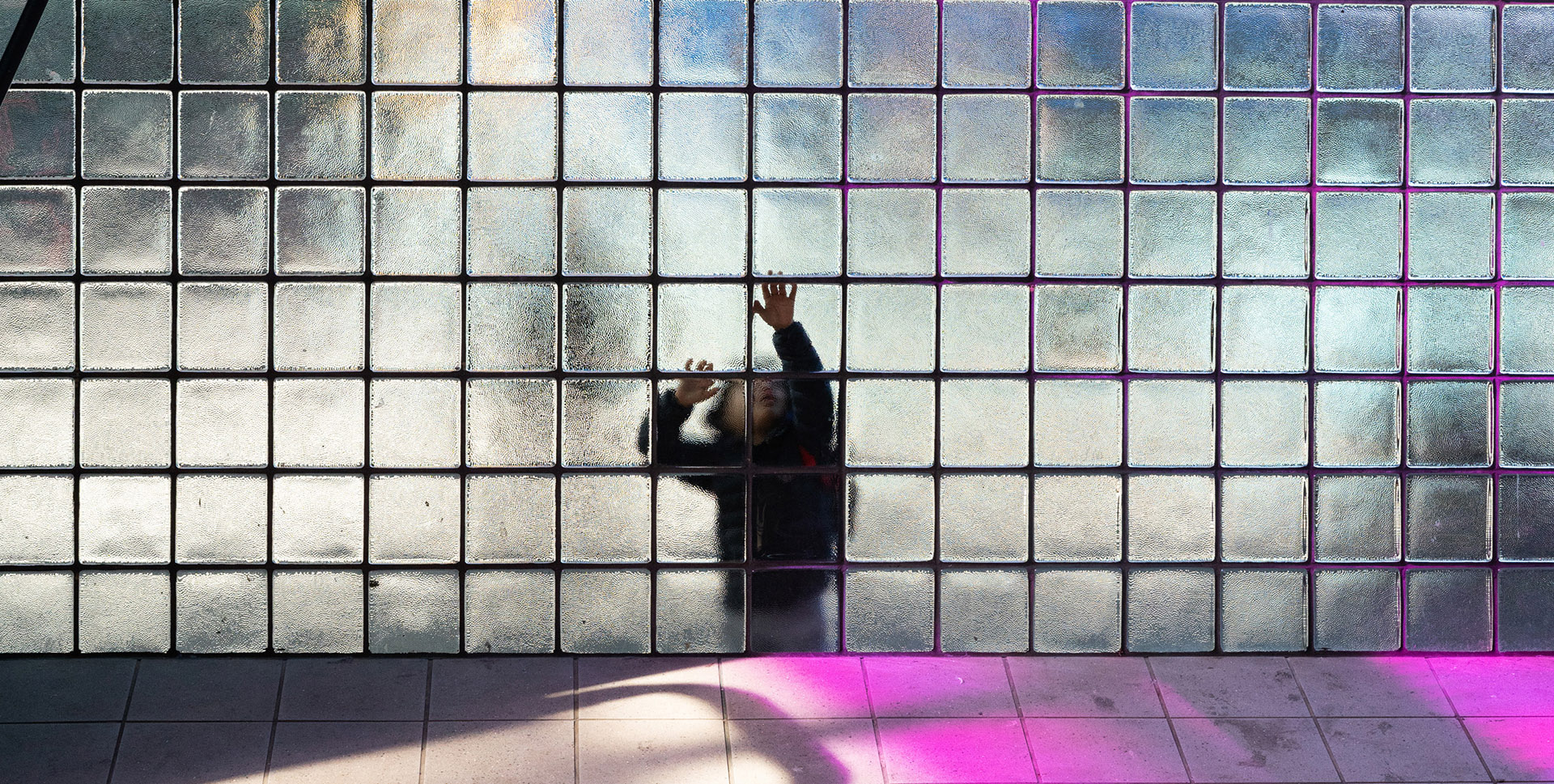In his new book entitled Roosevelt Station, New York photographer David Rothenberg captures his subjects – commuters, airport-bound travelers, panhandlers, missionaries, and others – awash in the radiant, cathedral-like light of Jackson Heights–Roosevelt Avenue/74th Street train station’s concourse. These otherwise candid, rush-hour images assume an otherworldly theatrical guise.

You’re getting blind.
Don’t miss the best of visual arts. Subscribe for $9 per month or $108 $90 per year.
Already suscribed ?



